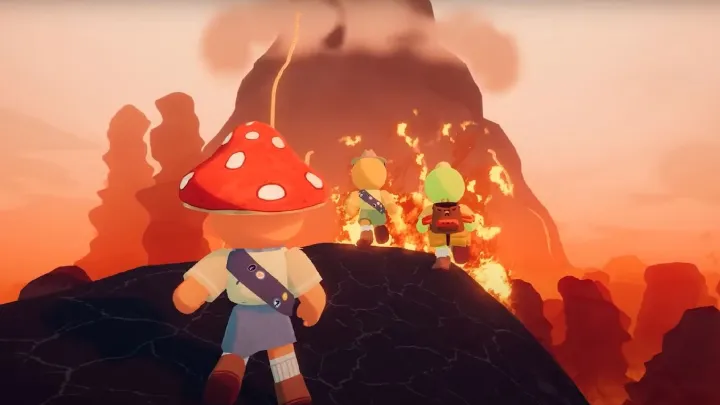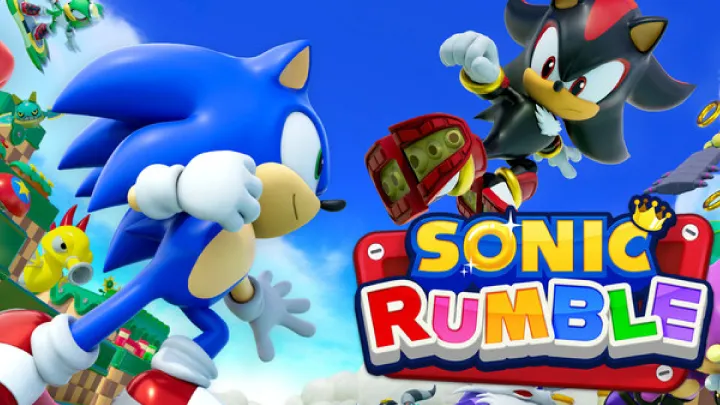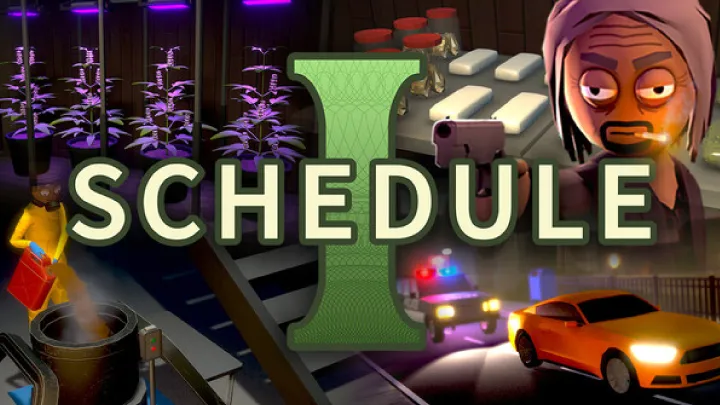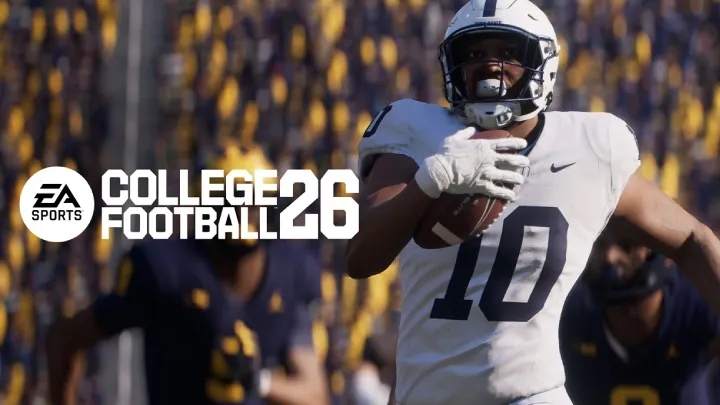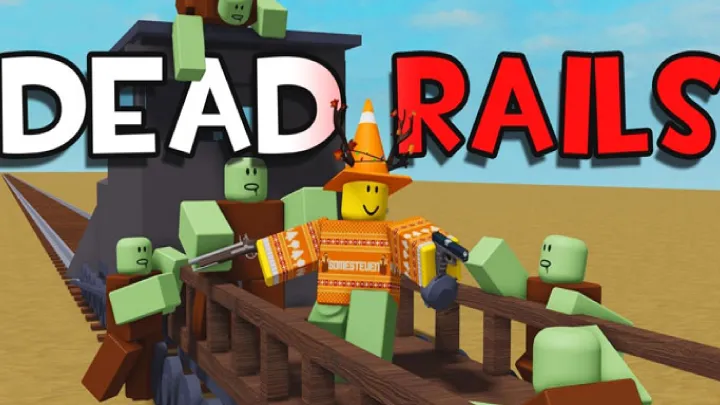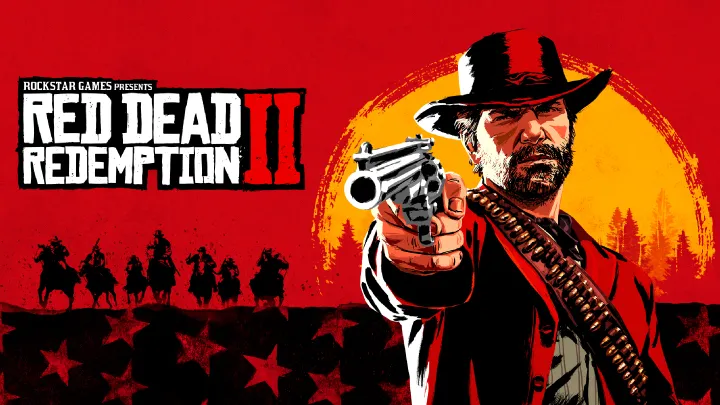PEAK is not merely a test of physical climbing; it is a profound examination of cognitive function, psychological resilience, and real-time problem-solving under extreme pressure. While a novice player sees a series of handholds, a master climber sees a sequence of challenges that test memory, attention, and decision-making speed. This guide delves into the advanced techniques and mental models required to ascend the treacherous mountain, transforming your approach from reactive guesswork to proactive, strategic execution. We will explore the science behind your in-game choices and reveal how to optimize your brain's performance to conquer the most daunting climbs.
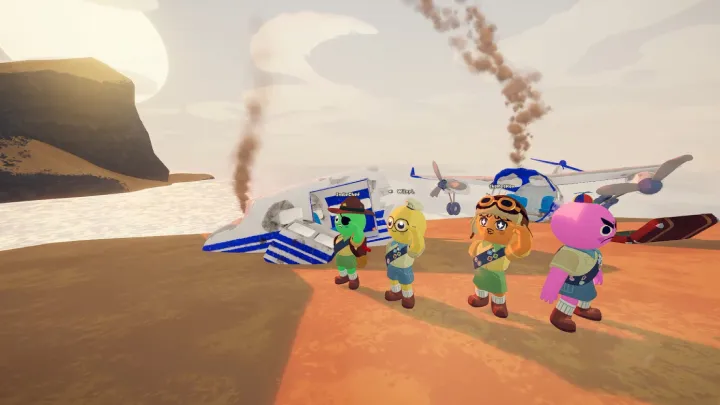
Part 1: The Mental Map (Cognitive Planning)
The most critical part of any ascent is not the first handhold you grab, but the mental map you construct before you move. This is a game of foresight, not impulse.
1. The Look-Ahead Algorithm:
- Never Climb Blind: Before a single move, pause and analyze the terrain. Identify the next three to five viable handholds. A novice looks for the next immediate grip; a master plans a small, efficient route segment. This reduces cognitive load and prevents panic-driven mistakes.
- Identify Rest Spots: Recognize where you can pause to regenerate stamina. These are your "cognitive checkpoints." They allow you to reset your focus, re-evaluate your route, and manage your in-game resources without the pressure of a dwindling stamina bar.
2. The Risk-Reward Calculus:
- Evaluate Every Move: Each jump and lunge is a calculated risk. A grandmaster constantly weighs the stamina cost of a difficult move against the time and safety benefits of taking a different, potentially longer, route. The goal is not always the fastest path, but the most sustainable one.
- The "Lunge on Empty" Trick: A critical advanced technique is the ability to lunge at the very last moment of your main stamina bar, conserving your bonus stamina. This requires impeccable timing and is a skill that separates the good from the great. It’s a high-risk, high-reward maneuver that, when executed correctly, can save a run.
Part 2: The Co-op Continuum (Social and Psychological Dynamics)
PEAK is a collaborative game, but teamwork is not just about helping each other up. It is a complex psychological dance of trust, communication, and shared responsibility.
1. The Communication Hierarchy:
- Clear, Concise Calls: In the heat of the moment, verbose communication is a liability. A master team uses a streamlined system of quick calls: "Rope," "Stamina," "Help," "Danger." This minimizes cognitive friction and allows for rapid, coordinated actions.
- Proximity Chat is a Tool: Use proximity chat to your advantage. It’s not just for talking; it’s a way to monitor your team's stress levels. A master can hear the subtle changes in a teammate’s voice and know when to offer help or when to stay silent to not add to the pressure.
2. Role Specialization:
- Assign Responsibilities: The most efficient teams are not a collection of four climbers, but a symbiotic unit. Assign roles: a "Lead Climber" who scouts the path, a "Rope Carrier" who manages gear, and a "Medic" who holds food and healing items. This division of labor reduces individual stress and boosts overall efficiency.
- Psychological Support: Teamwork is also about mental support. A master knows when to offer a word of encouragement to a struggling teammate. A simple "You got this!" can be the difference between a successful climb and a disastrous fall.
Part 3: Resource Management and Environmental Awareness
The mountain itself is a living entity, constantly challenging your ability to adapt and survive. Mastery of the environment is key.
1. Food and Stamina as a Currency:
- Cook Everything: Never eat raw food if a campfire or portable stove is available. Cooked food doubles the stamina restored, a non-negotiable advantage in the later, more demanding biomes. A master team will always prioritize finding and utilizing these cooking spots.
- Strategic Item Hoarding: Don't just pick up every item. Prioritize high-value items like rope spools and pitons. A master climber carries only what they need, knowing that a heavy inventory can drain stamina faster.
2. The Fog and the Timer:
- The Inevitable Chase: The rising fog is a constant, low-level stressor that forces movement. A master uses it as a tactical timer, knowing they must maintain a steady pace. They don't rush, but they never stand still for too long.
- Environmental Hazards: Learn to read the environment. Notice the subtle shaking of a wooden bridge, the slippery texture of ice, or the placement of sea urchins. A master climber anticipates these hazards and plans their route to avoid them, conserving precious stamina and health.
Conclusion: The Summit of Mind and Body
PEAK is a microcosm of human challenge. It is a game that teaches you to trust your instincts while forcing you to think logically. It challenges your body and, more importantly, your mind. By mastering the art of cognitive planning, fostering a strong psychological bond with your team, and becoming one with the environment, you will not only reach the summit but will do so with the confidence and grace of a true grandmaster.
For a visual guide on advanced techniques, you can watch this video on tips to beat PEAK on the hardest difficulty.








